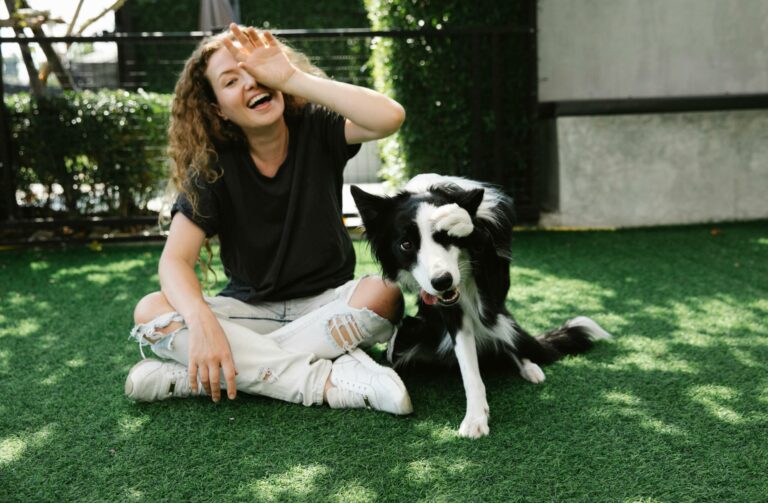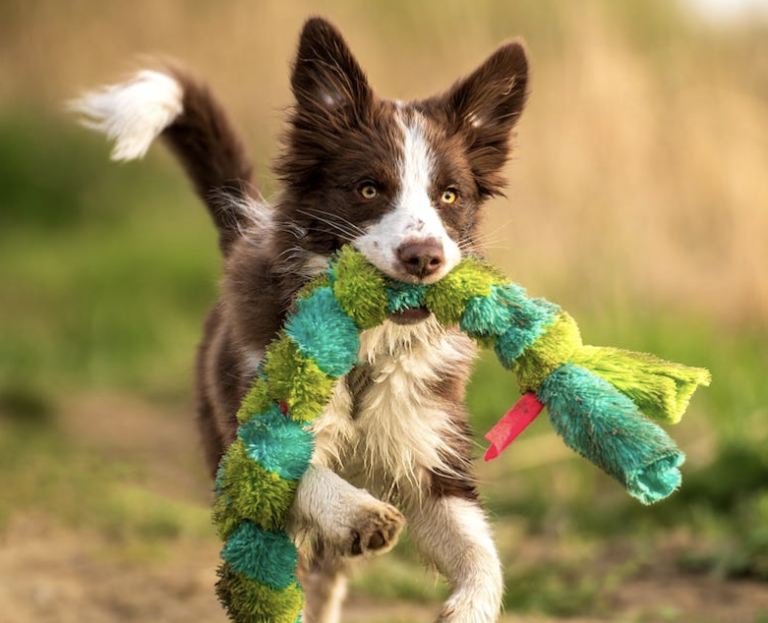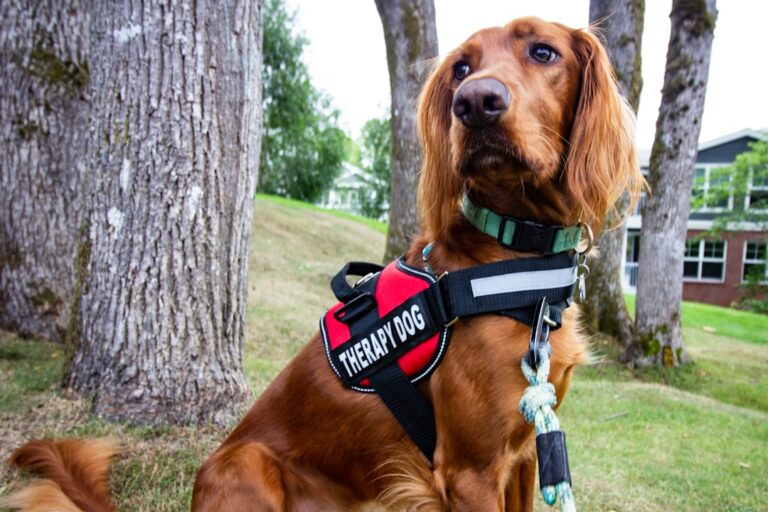Overcoming Clicker Training Challenges: A Guide to Success
This article explores the common challenges in clicker training, such as timing issues, inconsistent rewards, lack of communication, distractions, fear or anxiety in dogs, and stubborn behaviors, and provides strategies to overcome them effectively.
Introduction to Clicker Training Challenges
Clicker training is a positive reinforcement method used in dog training, where a clicker is used to mark desired behaviors followed by a reward. This technique emphasizes clear communication and accelerated learning for dogs, making it a popular choice among trainers and pet owners alike. Understanding the common challenges faced in clicker training is essential to enhance the effectiveness of the training sessions and ensure successful outcomes.
To delve deeper into the challenges encountered in clicker training, it’s crucial to address issues such as timing discrepancies, inconsistent rewards, and communication gaps between the trainer and the dog. Timing issues can lead to confusion for the dog, hindering the learning process. For instance, if the click does not precisely align with the desired behavior, the dog may struggle to associate the click with the correct action, impacting the overall training progress. Additionally, inconsistent rewards can create uncertainty for the dog, making it challenging for them to understand what behavior is being reinforced. By recognizing these challenges, trainers can tailor their approach to overcome these hurdles effectively and foster a positive training environment for both the dog and the trainer.
Common Challenges in Clicker Training
Timing plays a crucial role in clicker training as any delay in clicking can cause confusion for the dog. For example, if a dog performs a trick and the click comes too late, the association between the behavior and the reward may not be clear, leading to ineffective training sessions. Consistency in timing is key to overcoming this challenge and ensuring that the click precisely marks the desired behavior.
Inconsistent rewards can also pose a challenge in clicker training. Dogs thrive on clear expectations and immediate feedback. For instance, if a dog receives a reward for a behavior one time but not the next, it can create confusion and reduce motivation. Establishing a clear reward system, varying the types of rewards, and ensuring immediate reinforcement are essential strategies to address this challenge effectively.
Overcoming Timing Issues in Clicker Training
To address timing issues in clicker training, it is crucial to use a consistent clicker sound to mark desired behaviors. For instance, using the same clicker tone for each successful behavior helps the dog associate the sound with a reward. Additionally, practicing timing with simple commands before moving on to more complex tricks can help improve accuracy and clarity in communication during training sessions.
Incorporating short training sessions is another effective way to enhance timing accuracy. Short, focused sessions allow trainers to concentrate on clicking at the precise moment of the desired behavior, reinforcing the association between the click and the reward. Adjusting the timing of the click to coincide with the exact moment of the behavior further strengthens the communication between the trainer and the dog, leading to more successful training outcomes.
Addressing Inconsistent Rewards in Clicker Training
Consistent rewards are essential in clicker training to maintain clarity and motivation for the dog. Establishing a clear reward system for desired behaviors helps set expectations and reinforces the connection between the behavior and the reward. For example, when teaching a dog to sit on command, consistently rewarding the behavior with a treat immediately after the dog sits reinforces the desired action.
Moreover, varying the types of rewards, such as treats, toys, or praise, can also keep the training engaging and prevent monotony. For instance, if a dog is learning a new trick like rolling over, using a combination of verbal praise, a favorite toy, and a tasty treat can cater to different preferences and keep the training exciting. Additionally, immediate rewards after correct behavior further solidify the positive association and encourage the dog to continue performing well. This immediacy helps the dog make a direct connection between the action it performed and the reward it receives, reinforcing the behavior effectively.
In clicker training, the timing and quality of rewards play a significant role in shaping the dog’s behavior. By consistently rewarding desired behaviors, using a variety of rewards, and ensuring immediate reinforcement, trainers can create a positive learning environment that motivates the dog to actively participate and excel in training sessions.
Enhancing Communication in Clicker Training
Communication is a vital component of clicker training, influencing the success of training sessions. When combining clear and consistent verbal cues with the clicker, dogs can better comprehend commands, enhancing the learning process. For instance, using a specific verbal cue like “sit” along with the clicker sound when the dog correctly sits reinforces the desired behavior effectively. Moreover, incorporating body language into training can significantly aid in communication, as dogs are highly responsive to visual signals. For example, maintaining an upright posture and using hand signals can help convey commands more clearly during training sessions.
Moreover, seeking guidance from experienced trainers can offer valuable advice on improving communication techniques during clicker training. Professional trainers can provide insights into refining verbal cues and body language to ensure effective communication with the dog. By observing and learning from experts, trainers can enhance their communication skills and create a stronger connection with their canine companions. Additionally, integrating hand signals alongside verbal commands can further reinforce the association between cues and behaviors, facilitating a more seamless training experience. For instance, pairing a hand signal with the verbal cue for “stay” can reinforce the command and assist in the dog’s understanding of the desired behavior.
For more personalized guidance and expert assistance in honing communication skills for clicker training, consider reaching out to Off Leash K9 Training of Charlottesville. Their experienced trainers can provide tailored solutions to enhance communication during training sessions, ultimately improving the effectiveness of clicker training. Visit their website to explore advanced techniques and resources for successful clicker training.
Importance of Patience and Consistency in Clicker Training
When it comes to clicker training, patience and consistency play vital roles in achieving successful outcomes. Dogs, like humans, require time to understand and learn new behaviors, making patience a key virtue for trainers. By allowing the dog to learn at its own pace, trainers can create a supportive environment that fosters trust and confidence in the training process. For instance, when teaching a dog to sit on command, maintaining patience during the initial stages of learning can lead to more reliable responses over time.
Consistency is equally crucial in clicker training as it helps reinforce the connection between actions and rewards. By following a structured training schedule and using consistent commands and cues, trainers can effectively communicate their expectations to the dog. For example, if a trainer consistently clicks and rewards a dog for sitting promptly when asked, the dog will quickly learn the association between the behavior and the reward. This predictability fosters a sense of security in the dog, making the training process more efficient and enjoyable for both the trainer and the dog. Remembering to celebrate small achievements and progress is a way to acknowledge the dog’s efforts and encourage continued learning and engagement.
Troubleshooting Guide for Clicker Training Challenges
When it comes to clicker training challenges, identifying and addressing specific distractions that impact training sessions is paramount. For instance, if your dog gets easily distracted by noise during training, consider starting in a quieter environment and gradually introducing distractions to build their focus and resilience. By minimizing external disruptions like other pets or environmental factors, you create an optimal learning space where your dog can concentrate on the training cues and tasks at hand.
Additionally, seeking guidance from experienced trainers can provide invaluable insights into overcoming stubborn behaviors and refining your clicker training techniques. These professionals can offer tailored advice based on your dog’s specific needs, helping you develop effective strategies to address challenges such as fear or anxiety. By incorporating clicker training into your daily routines and consistently using positive reinforcement techniques, you not only tackle behavioral hurdles but also strengthen the communication and trust between you and your furry companion. Remember, every small step forward counts towards building a positive and rewarding training experience for both you and your dog.
Conclusion on Overcoming Clicker Training Hurdles
Overcoming common challenges in clicker training necessitates a multifaceted approach that integrates patience, consistency, and clear communication. Patience is fundamental as it allows dogs to learn at their own pace, fostering a positive training environment. Consistency plays a vital role in reinforcing behaviors and maintaining a structured training schedule, which is key to successful clicker training. Celebrating small victories during training sessions not only boosts the dog’s morale but also strengthens the trainer-dog bond, creating a harmonious learning atmosphere.
Moreover, effective communication is essential for conveying commands accurately and ensuring the dog comprehends the desired behaviors. By utilizing clear verbal cues in tandem with the clicker, trainers can enhance the learning process and facilitate better understanding between themselves and their canine companions. Seeking professional guidance can also be beneficial in refining communication techniques and addressing specific training challenges. Additionally, incorporating hand signals alongside verbal commands can reinforce the learned behaviors and aid in overcoming communication barriers during training sessions.
Encouraging readers to explore advanced clicker training techniques at Off Leash K9 Training of Charlottesville can provide tailored solutions and expert guidance for tackling clicker training hurdles effectively. By leveraging these strategies and resources, trainers can navigate common obstacles with confidence and elevate their clicker training skills to new heights.











